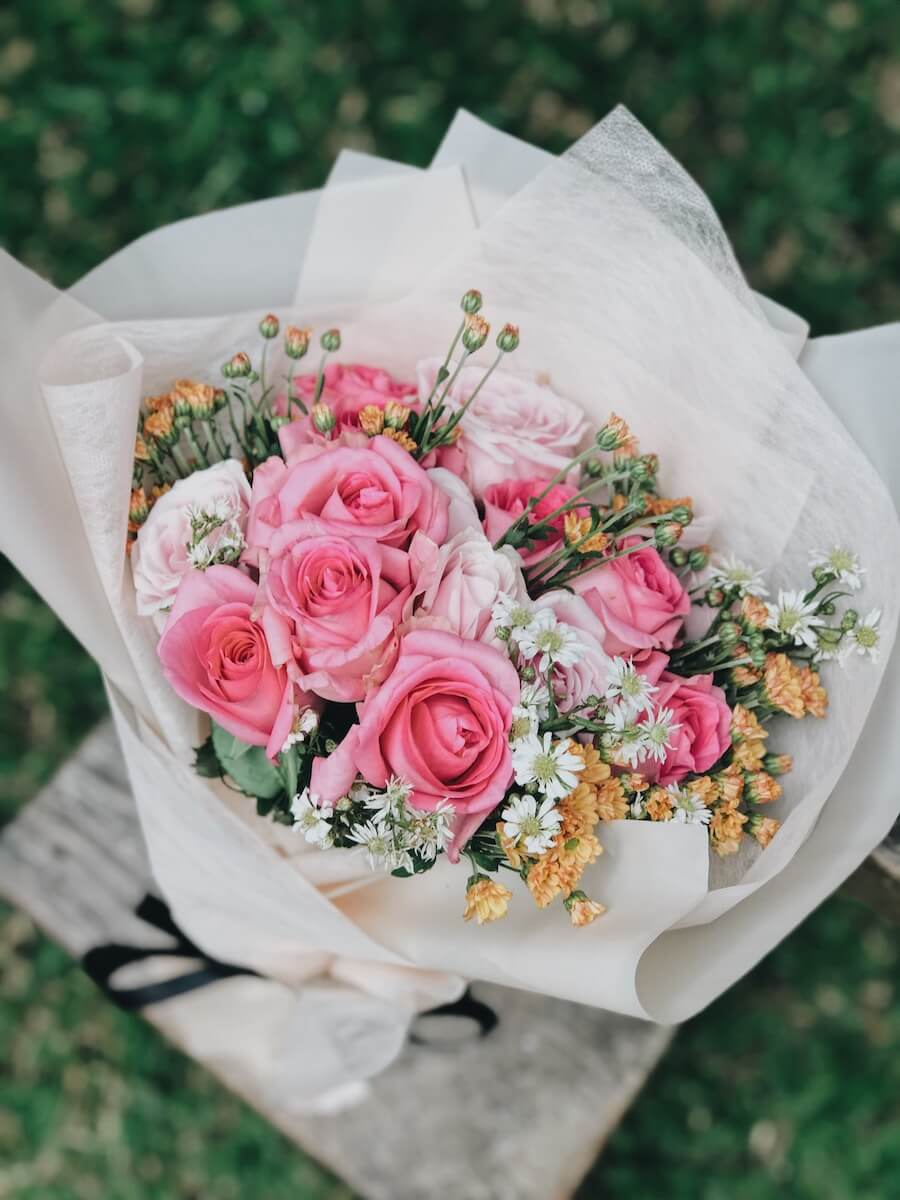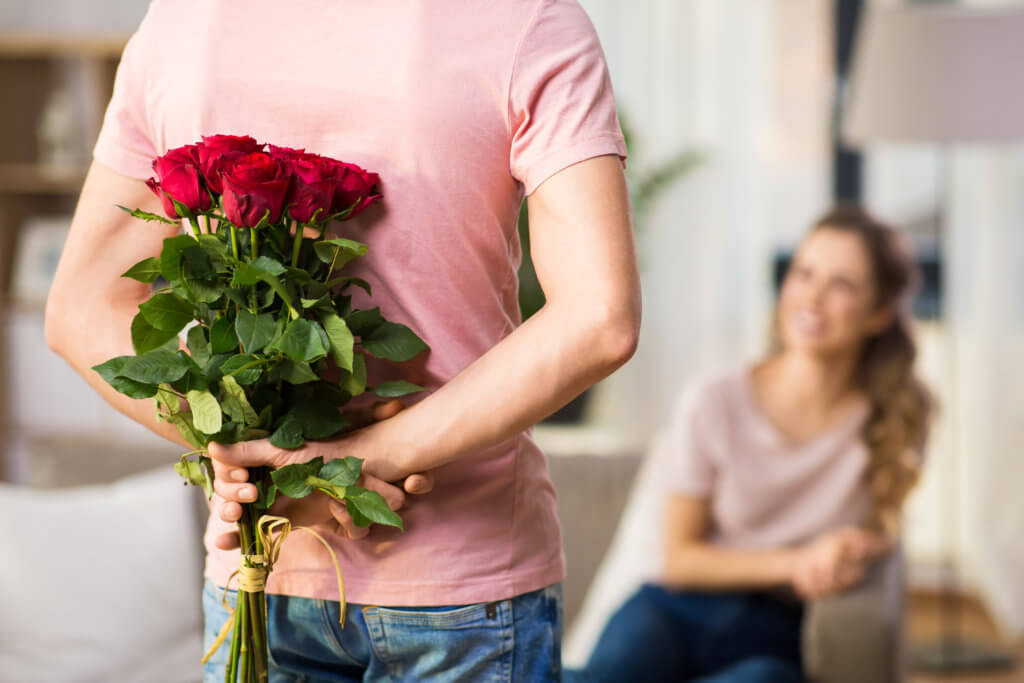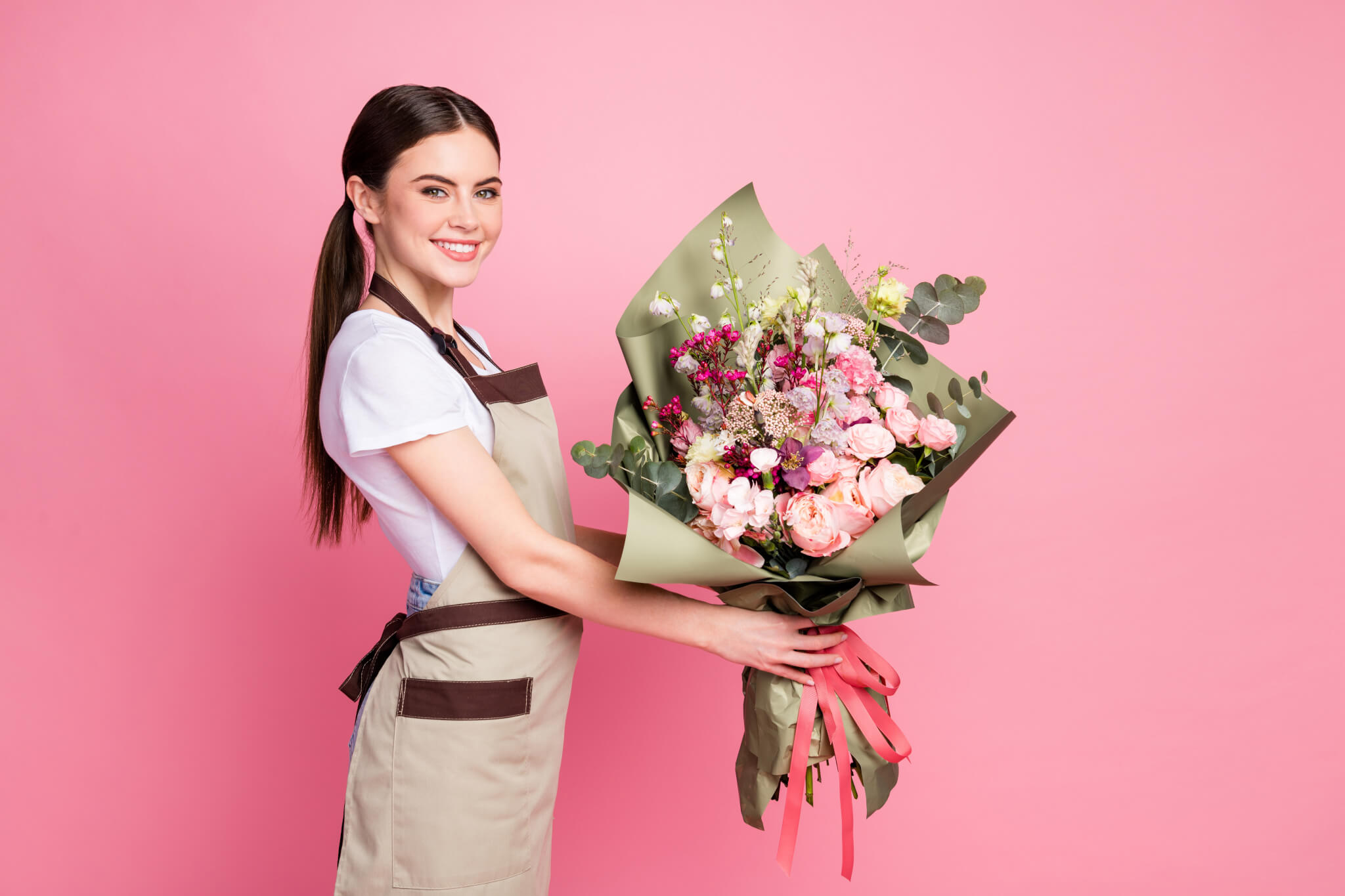RALEIGH, N.C. — If the customer really is always right, a whole lot of florists are not going to like what they read next. Researchers from North Carolina State University report that when it comes to floral arrangements, consumer preferences don’t necessarily match up with the designs florists learn to construct.
Researchers explain that while certain flower species are very important to consumers, they also pay attention to the overall symmetry of the arrangement and the colors in use. More specifically, consumers reported absolutely loving roses and even said they would be willing to pay more to see them included in floral arrangements. Conversely, consumers seem to have little use for chrysanthemums, a Mother’s Day staple.
These findings may be quite beneficial to florists, says Vanessa Woods, an NC State doctoral student in horticultural science and co-author of a paper describing the research.
“There’s little research about what consumers prefer in floral arrangements, which is seen by many in the horticulture industry to be an art form,” Woods says in a university release. “This is an industry in which products need to be sold quickly, but there’s not much information on what people actually want.”
Researchers followed over 120 people to conduct this project and made use of eye-trackers in a lab setting in order to test certain elements of floral design theory. Many florists use this concept to create arrangements, that are supported by real consumer preferences.
Study authors tested and analyzed numerous design theory elements, including line (whether a straight or moving line can be drawn through the center of the arrangement), symmetry (whether the arrangement mirrors itself when you draw a straight line through the middle of the arrangement), and color (do the arrangements have one, contrasting, similar or assorted colored flowers?).

Next, to test each of these elements, the research team distributed photos of various flower arrangements and asked consumers about their preferences as well as the prices they’d be willing to pay for the arrangements. The study authors then used eye-tracking technology to gather insights into the flower arrangements that captured consumer attention, and on a more detailed level, where eyes were drawn to in the designs.
Ensuing results confirmed consumers were far more concerned with flower species than any of the design theory elements. Study authors say they were not surprised by these results.
“Americans have a love affair with roses,” Woods explains. “When roses are part of an arrangement, people really value that. They think it’s more expensive, they’re willing to pay more for it and they spend more time looking at that arrangement.”

Consumers showed no preference regarding the line element; they preferred straight lines and curving lines in designs about equally. However, they did prefer floral arrangements that were more symmetrical rather than less. Additionally, consumers tended to be especially wary of arrangements with just one flower color. Instead, they preferred similar colors or colors close to each other on the color wheel; purples with reds, for example.
“Our study is about general preferences of consumers,” concludes Melinda Knuth, an assistant professor of horticultural science at NC State and certified floral designer. “There is still room for creativity and flair in floristry – someone’s perfect bouquet might not be everyone’s. We are just trying to quantify these general preferences in a way that helps the floral industry thrive. This study gives us ground work to begin looking at niche preferences of floral consumers. Just like other art forms, there’s variety in preferences.”
The study is published in the journal HortScience.
You might also be interested in:
- Flower power: Ancestors of modern-day plants survived mass extinction of the dinosaurs
- Best Flower Delivery Services: Top 5 Florists Most Recommended By Experts
- Best Flower Subscription Services: Top 5 Companies Most Recommended By Experts


This article talks about how what people like in flower arrangements doesn’t always match what florists are taught. For example, consumers care more about the types of flowers used, like roses, than how symmetrical or colorful the arrangement is. The study used fancy technology to figure out what catches people’s attention in flower designs. It’s helpful for florists to know what customers want so they can sell more flowers. Great job to the author for sharing this useful information!